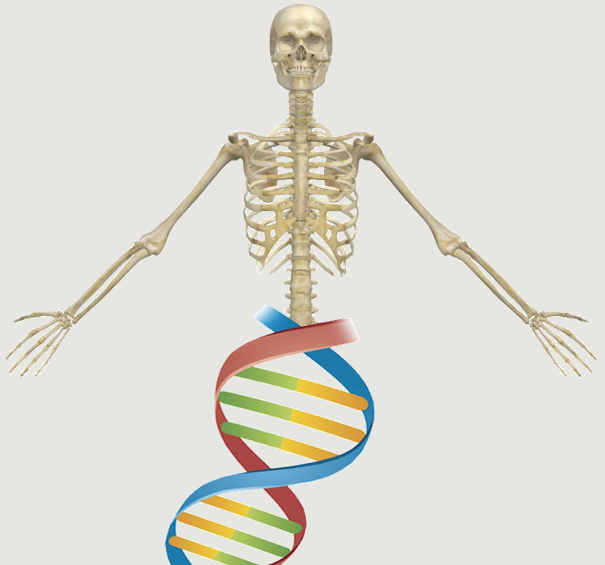Abstract:
The culture expansion of human mesenchymal stem cells (hMSCs) may alter their characteristics and is a costly and time-consuming stage. This study demonstrates for the first time that immunoisolated noncultured CD105-positive (CD105(+)) hMSCs are multipotent in vitro and exhibit the capacity to form bone in vivo. hMSCs are recognized as promising tools for bone regeneration. However, the culture stage is a limiting step in the clinical setting. To establish a simple, efficient, and fast method for applying these cells for bone formation, a distinct population of CD105(+) hMSCs was isolated from bone marrow (BM) by using positive selection based on the expression of CD105 (endoglin). The immunoisolated CD105(+) cell fraction represented 2.3% +/- 0.45% of the mononuclear cells (MNCs). Flow cytometry analysis of freshly immunoisolated CD105(+) cells revealed a purity of 79.7% +/- 3.2%. In vitro, the CD105(+) cell fraction displayed significantly more colony-forming units-fibroblasts (CFU-Fs; 6.3 +/- 1.4) than unseparated MNCs (1.1 +/- 0.3; p < .05). Culture-expanded CD105(+) cells expressed CD105, CD44, CD29, CD90, and CD106 but not CD14, CD34, CD45, or CD31 surface antigens, and these cells were able to differentiate into osteogenic, chondrogenic, and adipogenic lineages. In addition, freshly immunoisolated CD105(+) cells responded in vivo to recombinant bone morphogenetic protein-2 by differentiating into chondrocytes and osteoblasts. Genetic engineering of freshly immunoisolated CD105(+) cells was accomplished using either adenoviral or lentiviral vectors. Based on these findings, it is proposed that noncultured BM-derived CD105(+) hMSCs are osteogenic cells that can be genetically engineered to induce tissue generation in vivo.
Notes:
Aslan, Hadi Zilberman, Yoram Kandel, Leonid Liebergall, Meir Oskouian, Rod J Gazit, Dan Gazit, Zulma eng Research Support, Non-U.S. Gov't 2006/04/08 09:00 Stem Cells. 2006 Jul;24(7):1728-37. Epub 2006 Apr 6.
Website

